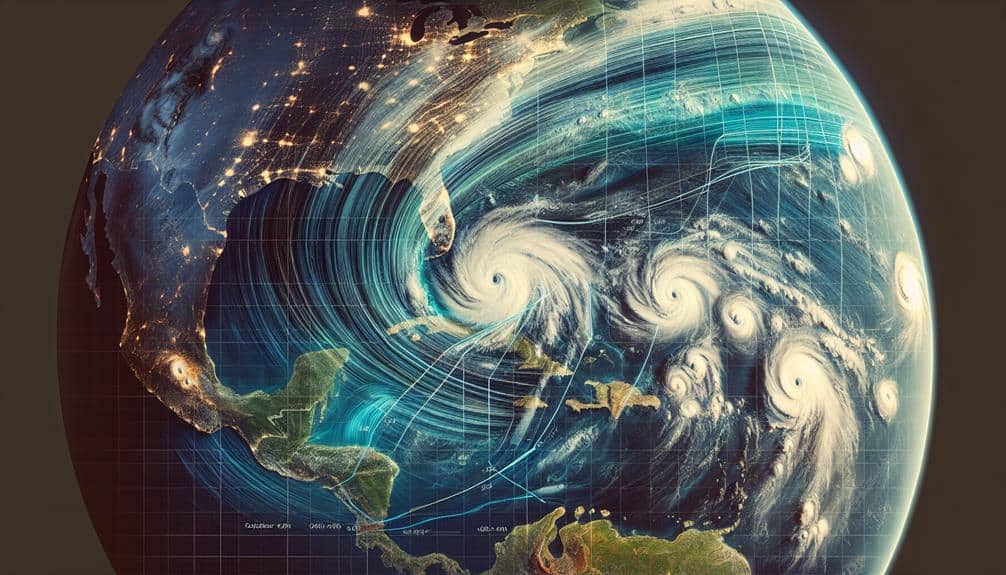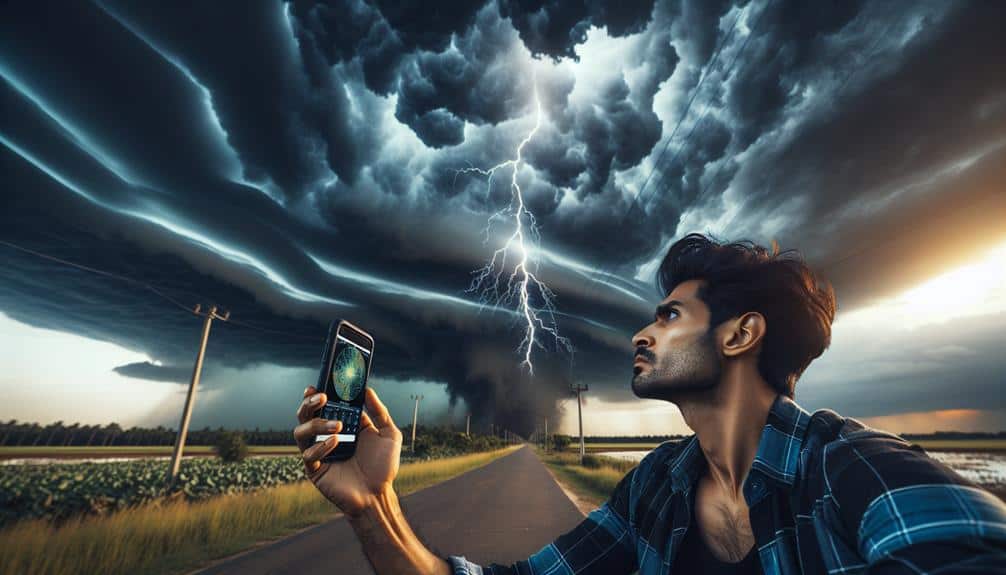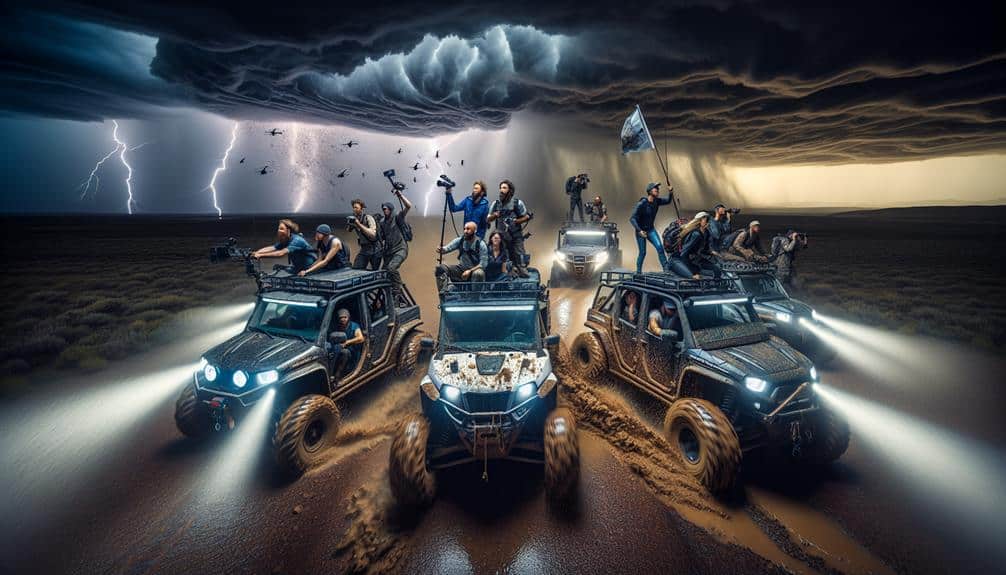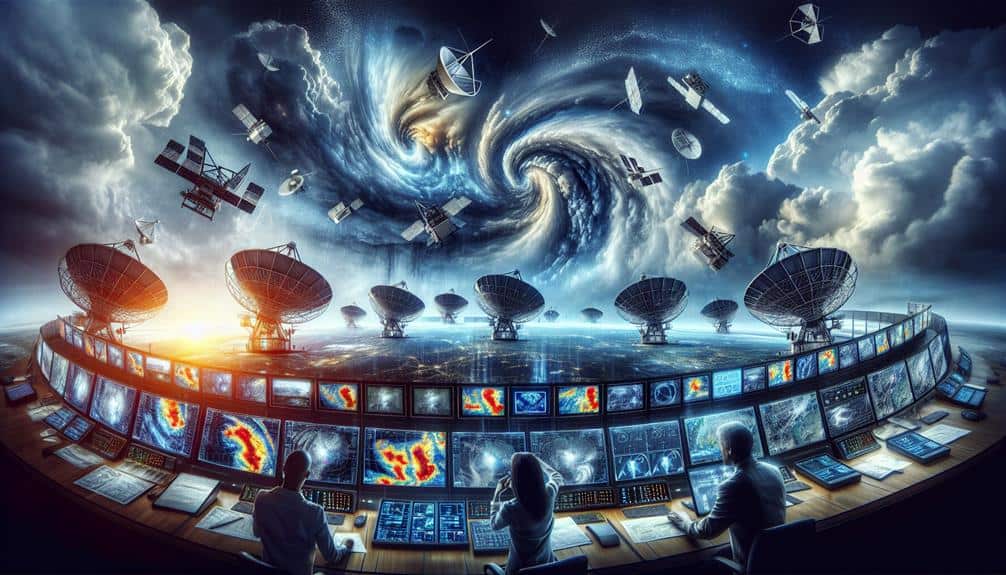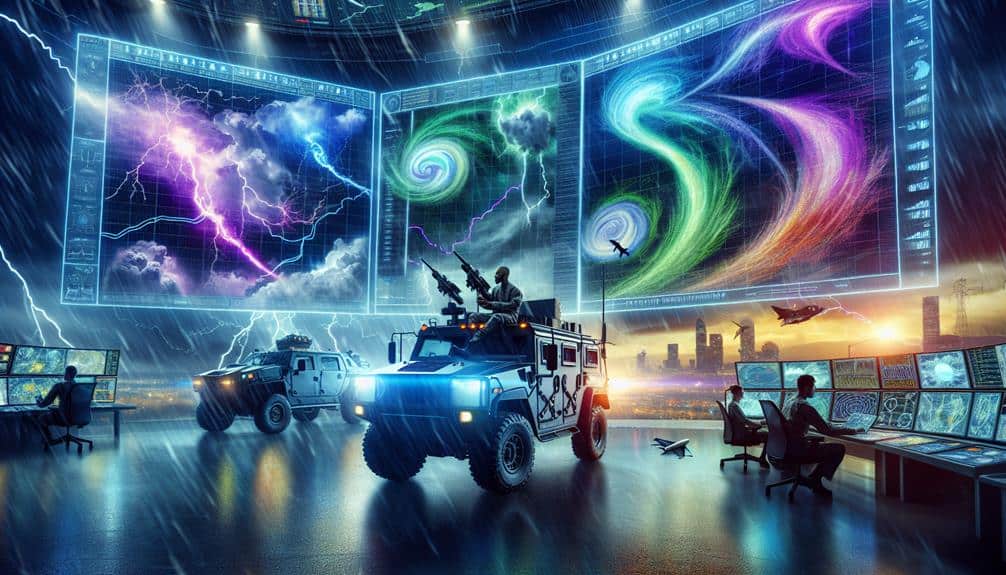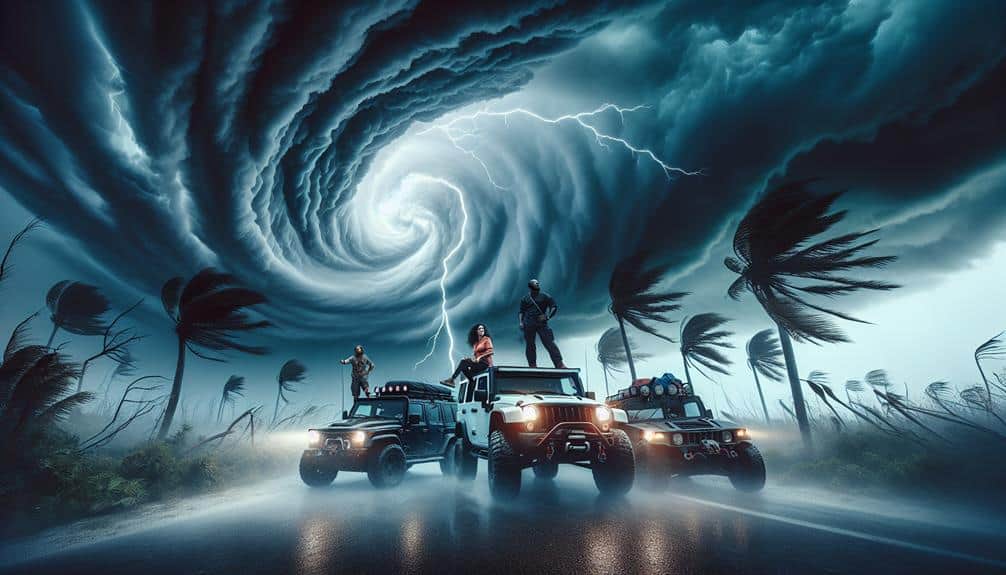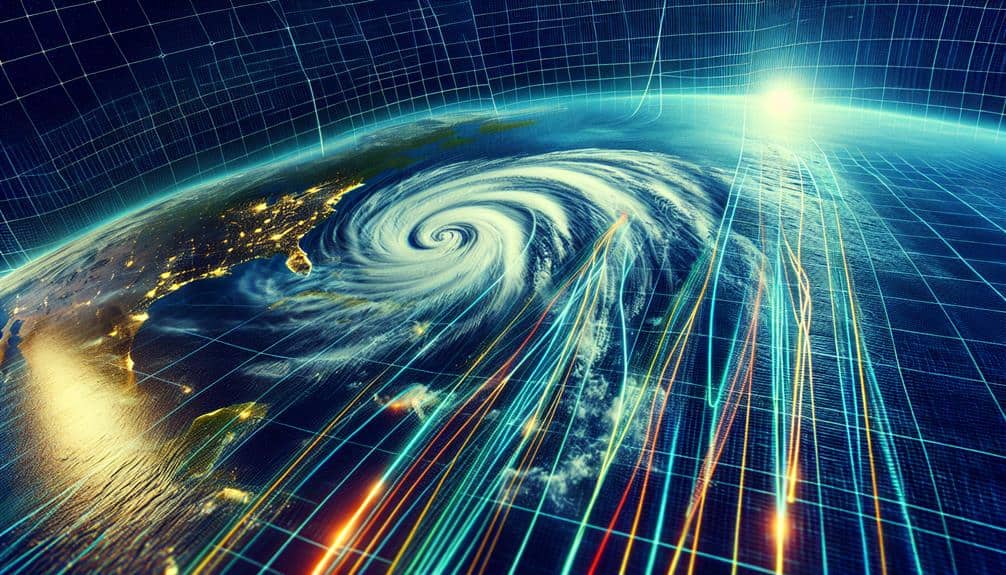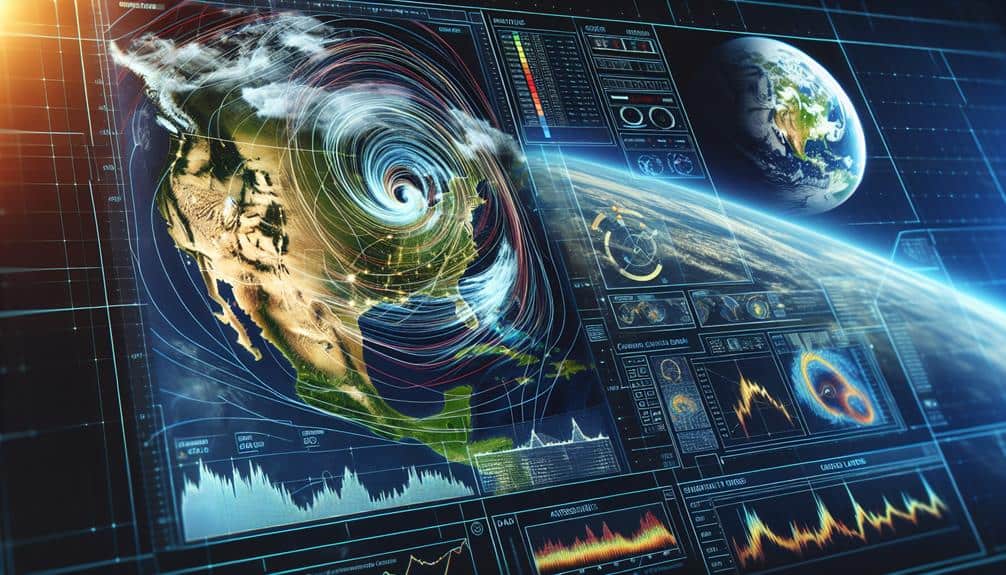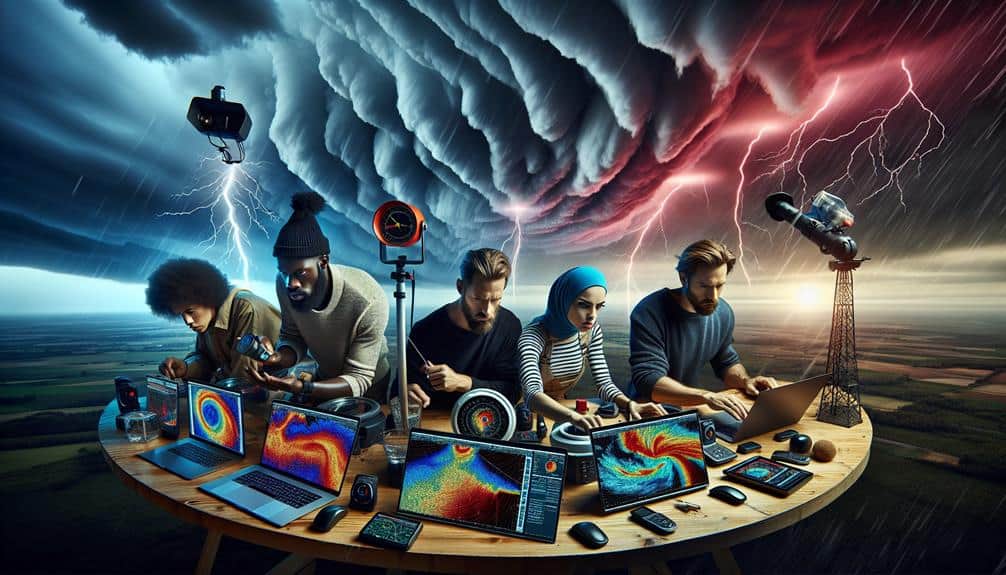10 Best Tools for Tracking Storm Trajectories Efficiently
We prioritize using advanced tools like Doppler radar systems and weather satellites to track storm trajectories with high efficiency. Mobile weather apps and high-resolution models provide real-time updates. Storm-tracking software offers enhanced predictive accuracy, while drones and weather balloons gather vital atmospheric data. Lightning detection networks and social media alerts keep us informed about the […]
10 Best Tools for Tracking Storm Trajectories Efficiently Read More »


